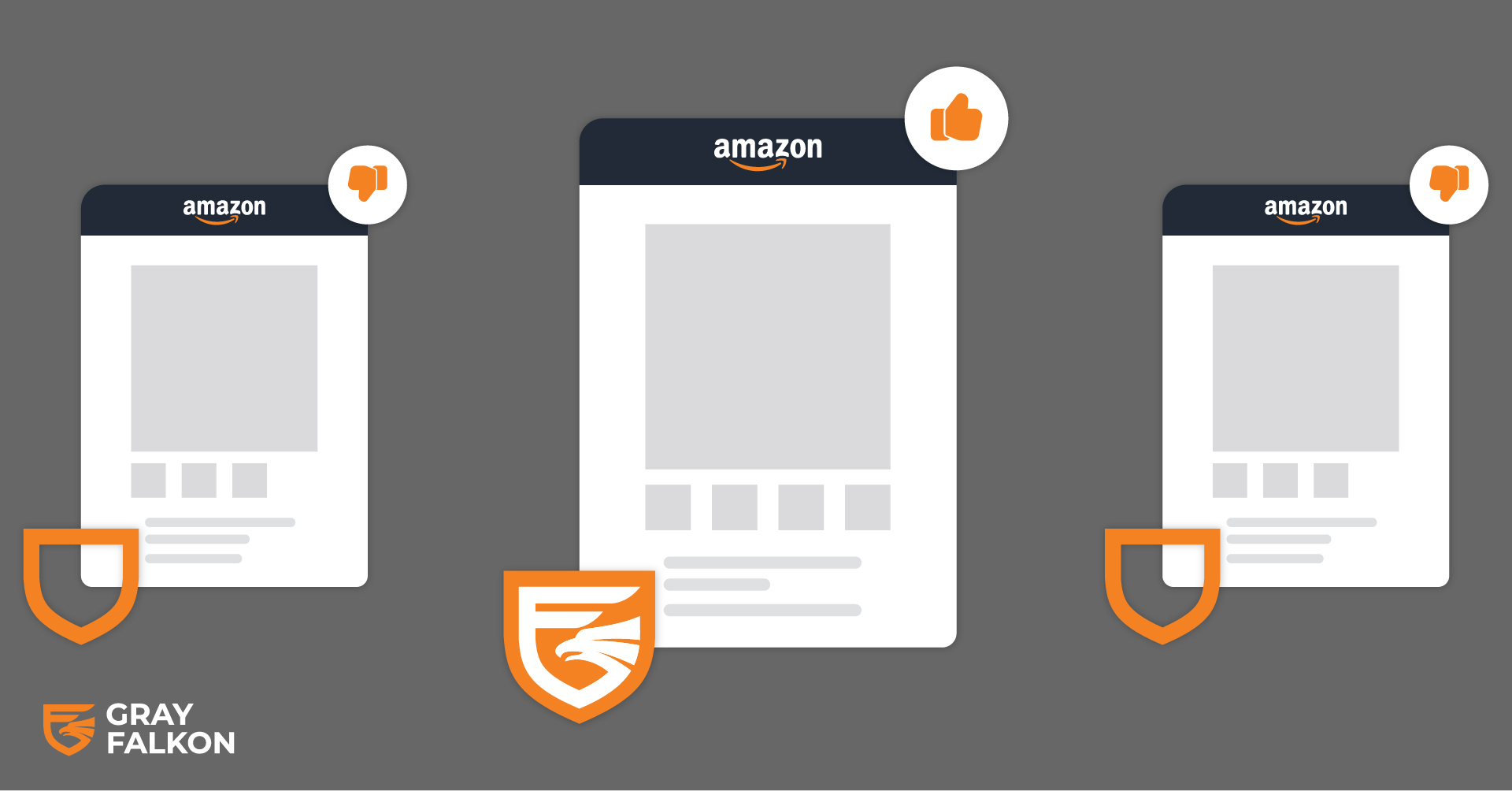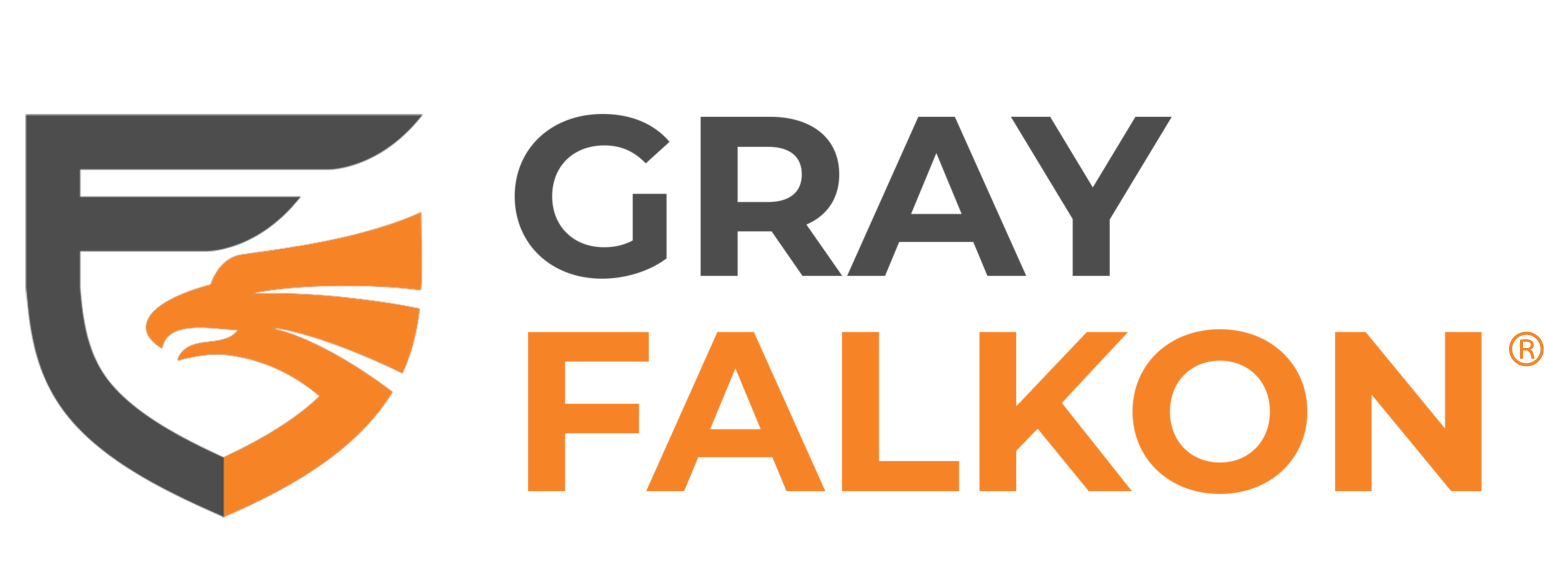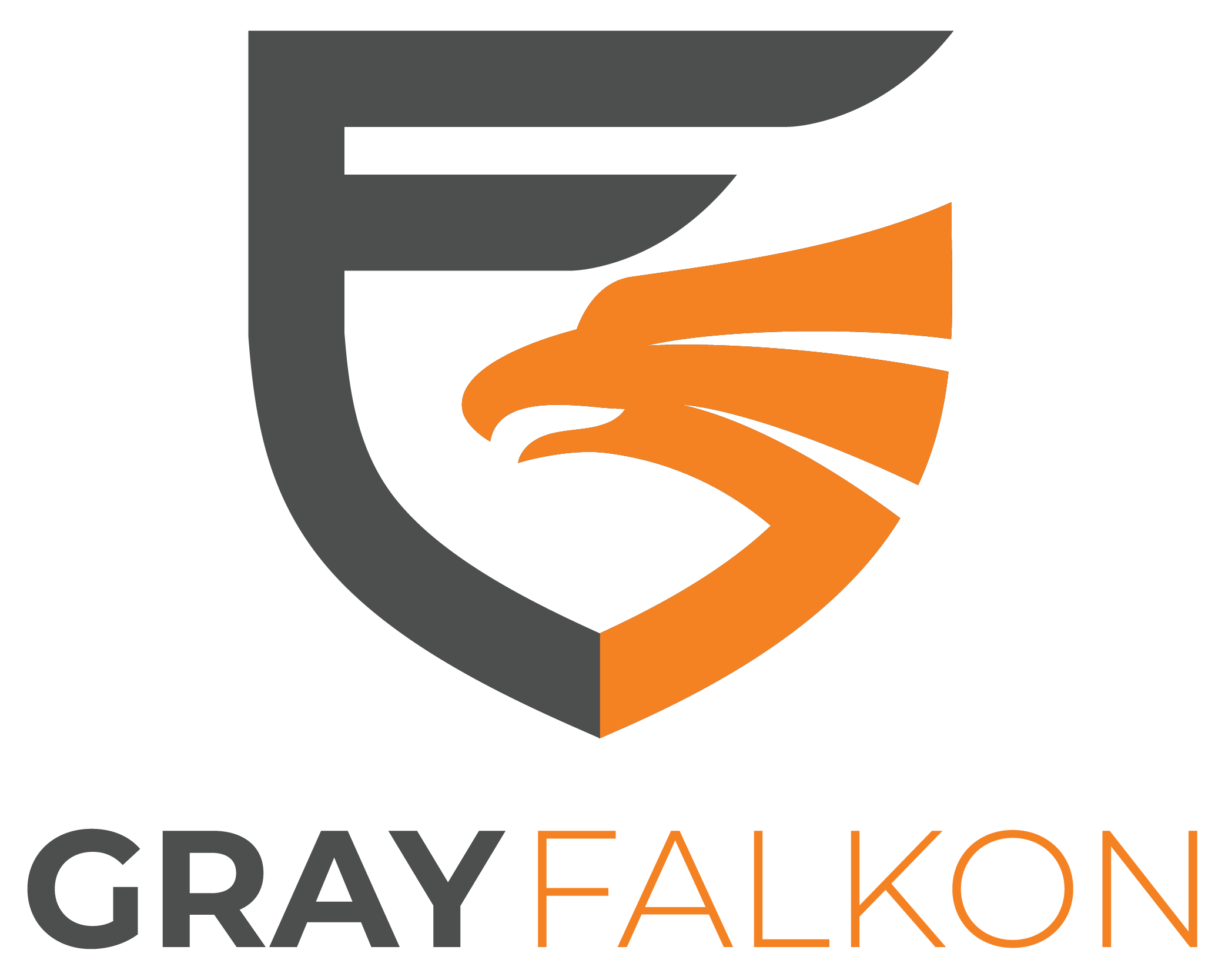
In today’s fiercely competitive market, a brand’s image is one of its most valuable assets, often determining consumer loyalty, perception, and ultimately, profitability. With the rapid growth of online marketplaces and eCommerce, brands face increasing challenges in maintaining their image amidst counterfeit goods, unauthorized sellers, and shifting consumer expectations.
Brand monitoring and enforcement play a crucial role in safeguarding this image. By proactively identifying potential threats and ensuring consistency across all platforms, brands can enhance their perception and foster trust among customers.
Understanding Brand Image
Brand image is a multifaceted concept that encompasses all the visual, emotional, and cognitive perceptions that consumers associate with a company or product. It can be broadly categorized into several aspects:
Visual Identity: This includes the logo, color scheme, packaging, and overall visual aesthetics that become synonymous with the brand. These elements are crucial in making a brand recognizable and visually distinct from competitors.
Customer Experience: The interactions and experiences customers have with a brand across various touchpoints, including customer service, the usability of the website, and the quality of the product or service. A positive customer experience reinforces brand loyalty and satisfaction.
Emotional Connection: This aspect involves the feelings and emotional responses that a brand elicits from its customers. Brands often build emotional connections through storytelling, user engagement, and aligning their values with those of their target audience.
Reputation: The public perception of a company’s credibility and reliability, often built over time through customer testimonials, reviews, and media coverage. A strong, positive reputation can enhance a brand’s image and attract new customers.
Brand Personality: The set of human characteristics associated with a brand. A brand’s personality might be seen as youthful, luxurious, approachable, or professional, for example. This personality helps to differentiate a brand in a crowded marketplace.
The impact of brand image on consumer behavior cannot be overstated. A positive brand image increases the likelihood of customer engagement and sales, as consumers are more inclined to purchase from brands they recognize and trust. Conversely, a negative brand image can lead to diminished trust and customer loss, as public perceptions are often quick to change based on negative information.
Brand image extends beyond the product or service itself; it encompasses customer service experiences, online presence, advertising strategies, and even the behavior of executives and employees. Maintaining a consistent and positive brand image requires vigilant management and strategic planning.
The digital nature of eCommerce interactions means that visual identity and customer experience must be optimized for online platforms. With the rapid spread of information online, maintaining a positive reputation and emotional connection can be challenging but essential for eCommerce success.
The Impact of Unauthorized Sellers and Gray Market Goods on Brand Image
Unauthorized sellers and gray market goods pose significant threats to the brand image that companies work diligently to build and maintain. These threats manifest in several damaging ways:
Erosion of Brand Value: Unauthorized sellers often distribute products without adhering to the established pricing strategies and quality controls of the brand. This can lead to a devaluation of the brand as customers encounter inconsistent product quality and pricing, which erodes trust and diminishes the perceived value of the brand.
Association with Inferior Products: Gray market goods, which are products sold outside of authorized distribution channels, may not always meet the same standards and warranties as those sold through official channels. When customers unknowingly purchase these inferior products, their dissatisfaction can be mistakenly attributed to the brand itself, leading to negative customer experiences and reviews.
Customer Confusion and Mistrust: The presence of multiple sellers, especially those who are unauthorized, can confuse customers about who is a legitimate seller and which products are genuine. This confusion can reduce customer trust and loyalty, as they may feel uncertain about the authenticity of the products and the integrity of the brand.
Damage to Brand Relationships: The relationships that brands build with authorized sellers and partners can also suffer. Authorized sellers often feel undercut by unauthorized sellers who offer lower prices, leading to conflict and dissatisfaction among channel partners.
These issues are exacerbated by the vast reach and anonymity that online platforms afford. Without physical verification of products, customers rely heavily on brand cues and seller information, which can be easily misrepresented by unauthorized sellers.
To protect their brand image in the eCommerce environment, brands need to implement robust brand monitoring and enforcement strategies. These strategies not only help in identifying and mitigating risks from unauthorized sellers and gray market goods but also reinforce the brand’s commitment to quality and customer satisfaction.
The Role of Brand Monitoring
Brand monitoring is essential not just for protecting intellectual property but for preserving the overall integrity and perception of a brand. This continuous vigilance serves several key purposes that are critical to the success and resilience of a business.
Why Monitoring Matters:
Preventing Brand Dilution: Unauthorized sales and counterfeit products can dilute the value of a brand by saturating the market with inferior products. Monitoring helps maintain the quality and exclusivity associated with a brand’s identity.
Ensuring Consistency Across Platforms: With the rise of unauthorized sellers on multiple online channels, maintaining a consistent brand message and experience can be challenging. Monitoring helps brands ensure that only authorized sellers are representing their products, preserving the quality and exclusivity associated with the brand, enhancing brand recognition, trust, and loyalty.
Consumer Trust and Loyalty: Customers expect authenticity and quality when they purchase branded products from eCommerce platforms. Effective monitoring identifies and eliminates unauthorized sellers, ensuring that customers receive legitimate products. This is vital for building and maintaining trust and loyalty.
Brand monitoring is not simply about defense but is a strategic component of modern brand management. It empowers brands to act swiftly against threats, adapt to market changes, and build deeper connections with their customers, ultimately enhancing their competitive edge and market position.
Gray Falkon’s Solution to Protect Your Brand Image
Maintaining a brand’s integrity requires vigilant brand monitoring, especially across sprawling eCommerce platforms. Gray Falkon has refined this process by deploying advanced technology to safeguard brands from unauthorized sellers and counterfeit goods effectively.
Seller Engagement: Gray Falkon implements sophisticated monitoring tools that meticulously track product listings across various eCommerce platforms. This helps in identifying unauthorized sellers and gray market goods swiftly. Our brand protection solution utilizes AI that continuously scans for policy infringements. This not only detects violations but also actively engages unauthorized sellers, persuading them to remove infringing listings.
Marketplace Engagement: Our full-deployment solution harnesses artificial intelligence to automatically document and submit IP and marketplace terms and conditions violations directly to the platforms for action. Our solution diligently tracks marketplace enforcement actions and refiles submissions until the necessary actions are taken, ensuring comprehensive compliance and protection.
All Powered by AI
At the core of our monitoring and engagement solution is AI-driven technology designed to detect, analyze, and act on threats to a brand’s integrity with unmatched speed and efficiency. This proactive technology is constantly learning and adapting to the ever-changing marketplace dynamics. It identifies patterns, predicts potential threats, and takes immediate action against violations, allowing brands to stay one step ahead in the fight against unauthorized sellers.
By leveraging advanced technologies, Gray Falkon empowers brands to not only react to threats but also to anticipate and prevent them, protecting brands from unauthorized sellers.
Protect Your Brand Image
Brand monitoring is not just a protective measure, it’s an essential strategy that strengthens the health and vibrancy of a brand in the digital marketplace. By understanding the role and implementing robust monitoring and enforcement mechanisms, brands can safeguard their image, maintain customer trust, and ensure consistent quality across all channels.
With solutions like our Full Deployment solution, brands are equipped to navigate the complexities of online marketplaces, staying ahead of unauthorized sellers and maintaining their competitive edge. If you’re a brand looking to protect your image and ensure that only authorized sellers represent your products across different eCommerce marketplaces and platforms, schedule a demo and discover how Gray Falkon’s comprehensive solution can help.



